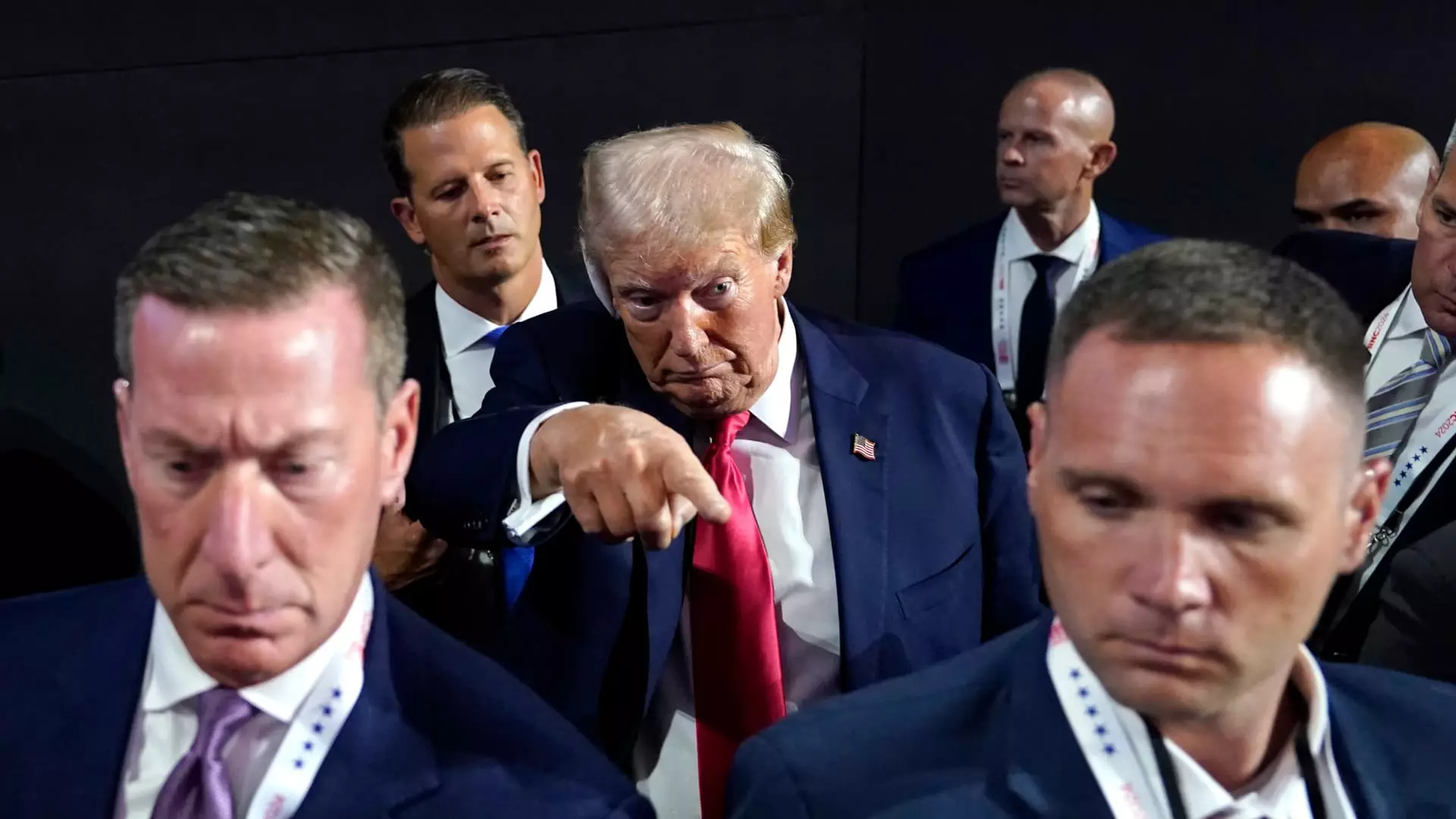The Secret Service has confirmed that they denied some of former President Donald Trump’s requests for additional security resources over the past two years. These denials were due to the department’s limited resources, according to a Secret Service official. The Washington Post was the first to report on the Secret Service’s acknowledgment of the denials.
Handling of Security Accommodations
When the Secret Service could not provide extra security accommodations for Trump, they made modifications to ensure the protectee’s security. This involved utilizing state or local partners to provide specialized functions or identifying alternatives to reduce public exposure. The denied requests were not related to the shooting at Trump’s Pennsylvania rally on July 13, where he was injured, and others were wounded.
Initially, a Secret Service spokesperson denied that Trump’s team had been rebuffed in their requests for additional security. However, the agency later admitted to not always being able to provide specialized units or resources. This change in statement has sparked questions about the Secret Service’s decision-making process.
Following the attempted assassination of Trump, the Secret Service has come under intense scrutiny. Lawmakers, including House Speaker Mike Johnson and House Majority Leader Steve Scalise, have called for the agency’s director, Kimberly Cheatle, to explain any security lapses that allowed the gunman to get so close to Trump. Cheatle has faced calls for resignation, but she has stated that she will continue in her role.
Kimberly Cheatle is expected to appear before Capitol Hill for several hearings to testify on the security protocols that failed during the rally shooting. Lawmakers are keen to understand what went wrong and how similar incidents can be prevented in the future.
The denial of Trump’s security requests by the Secret Service has raised concerns about the agency’s ability to protect high-profile individuals effectively. The upcoming hearings will shed more light on the security lapses and potential changes that need to be implemented to ensure the safety of protectees in the future.



Leave a Reply